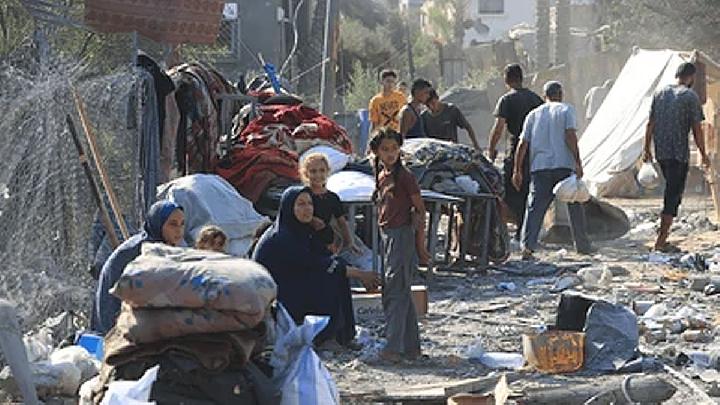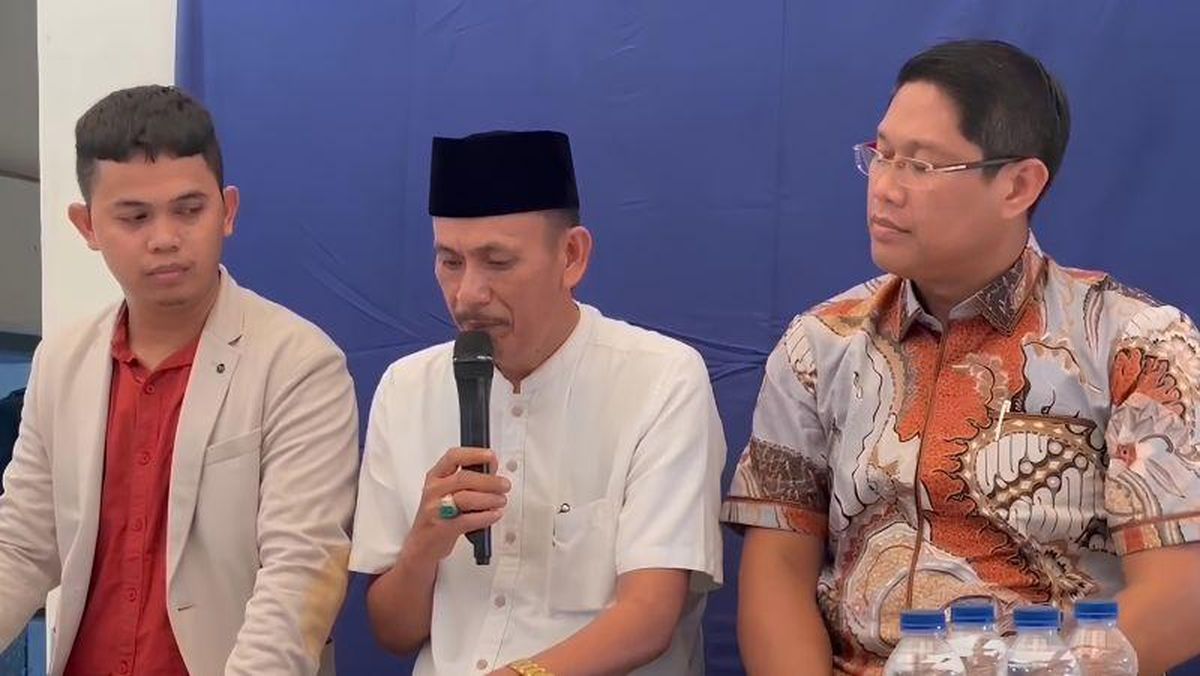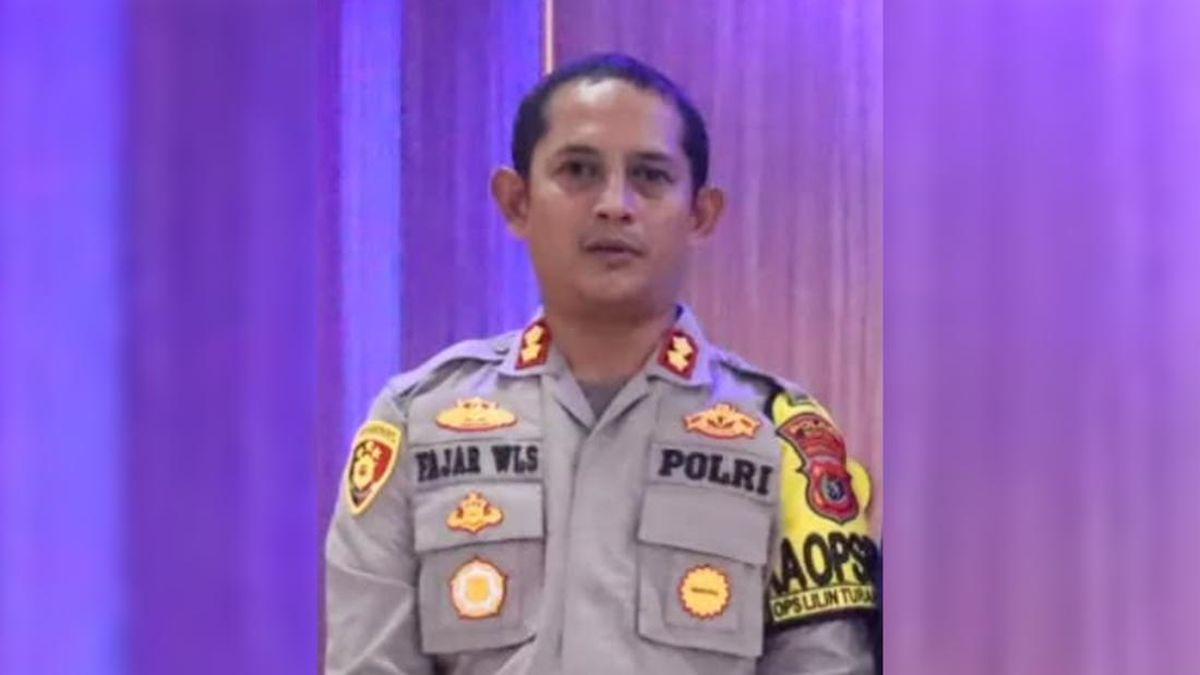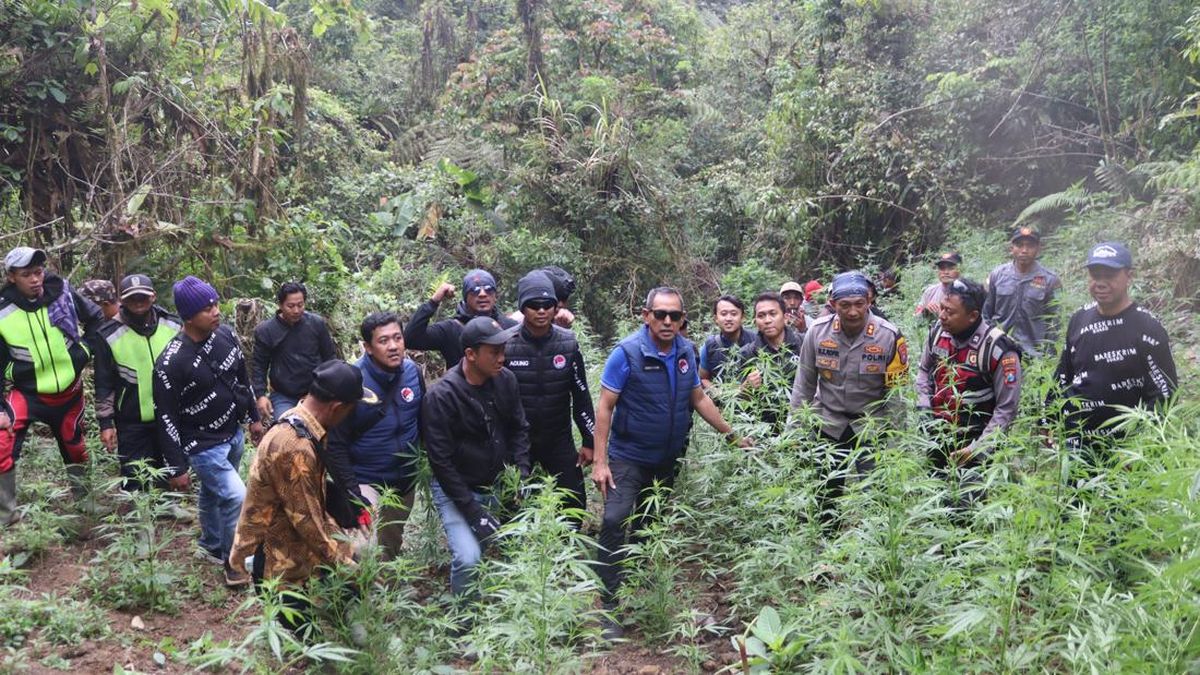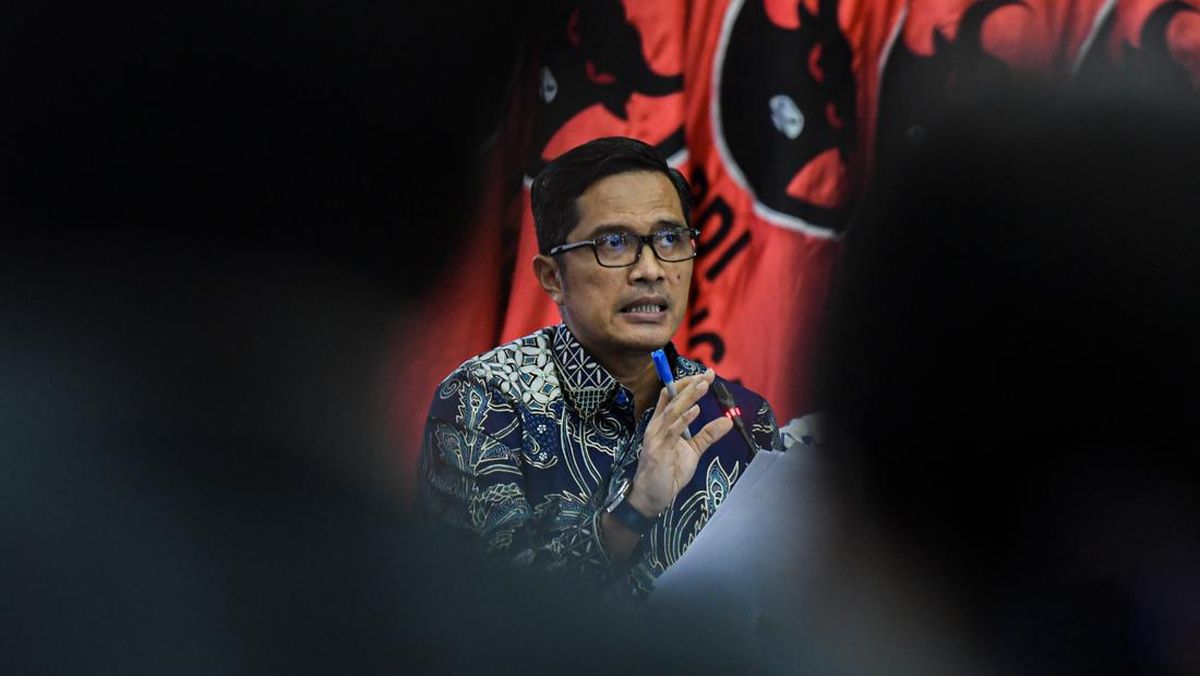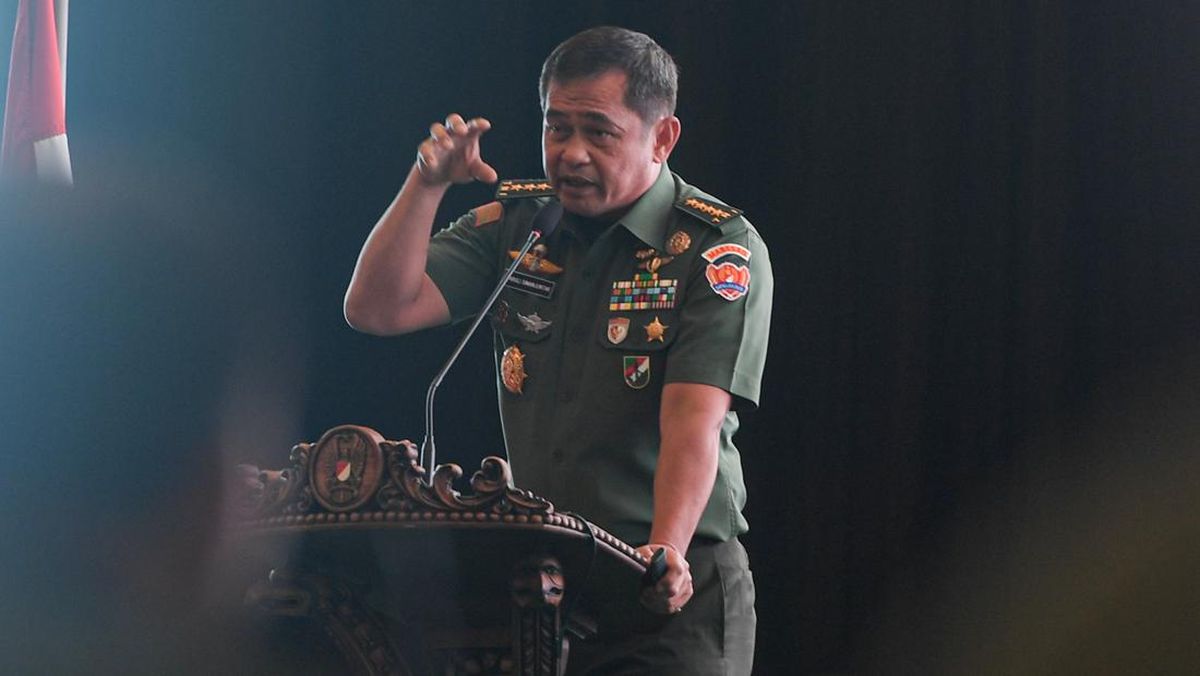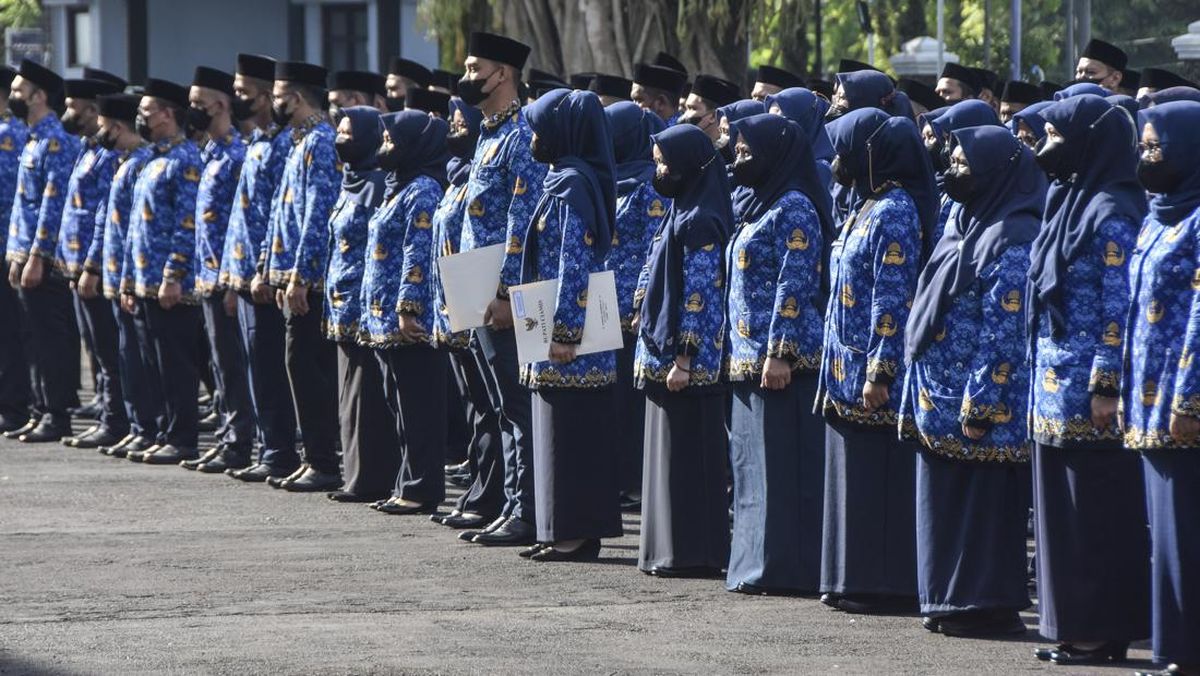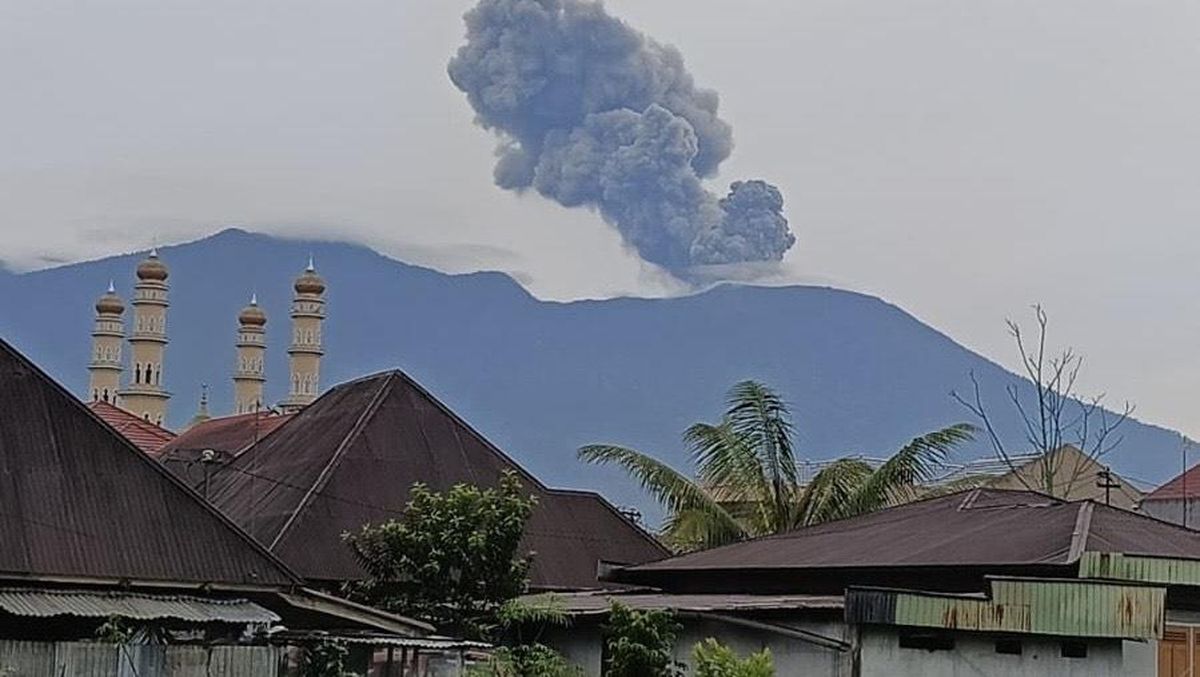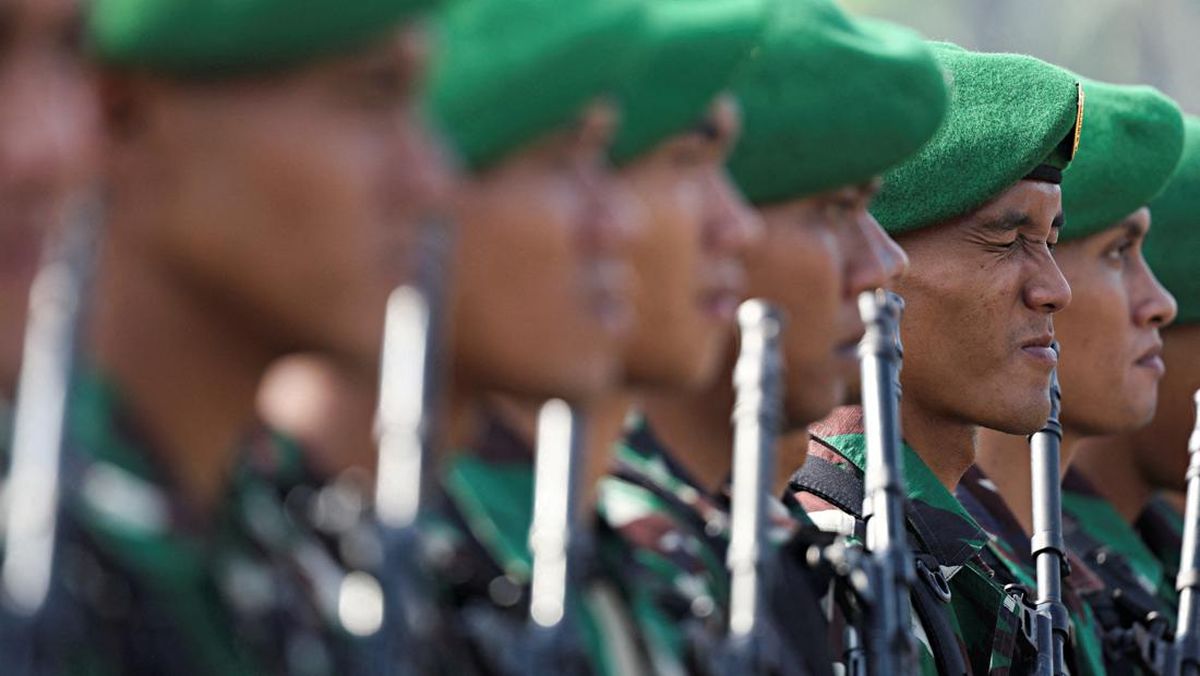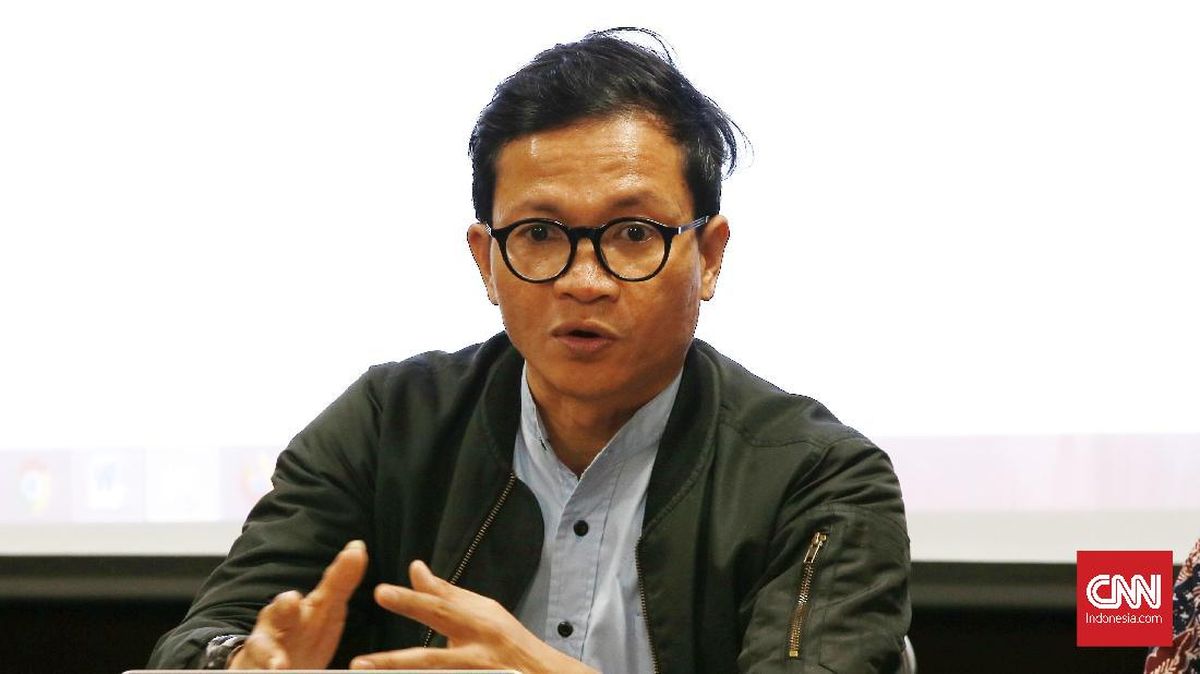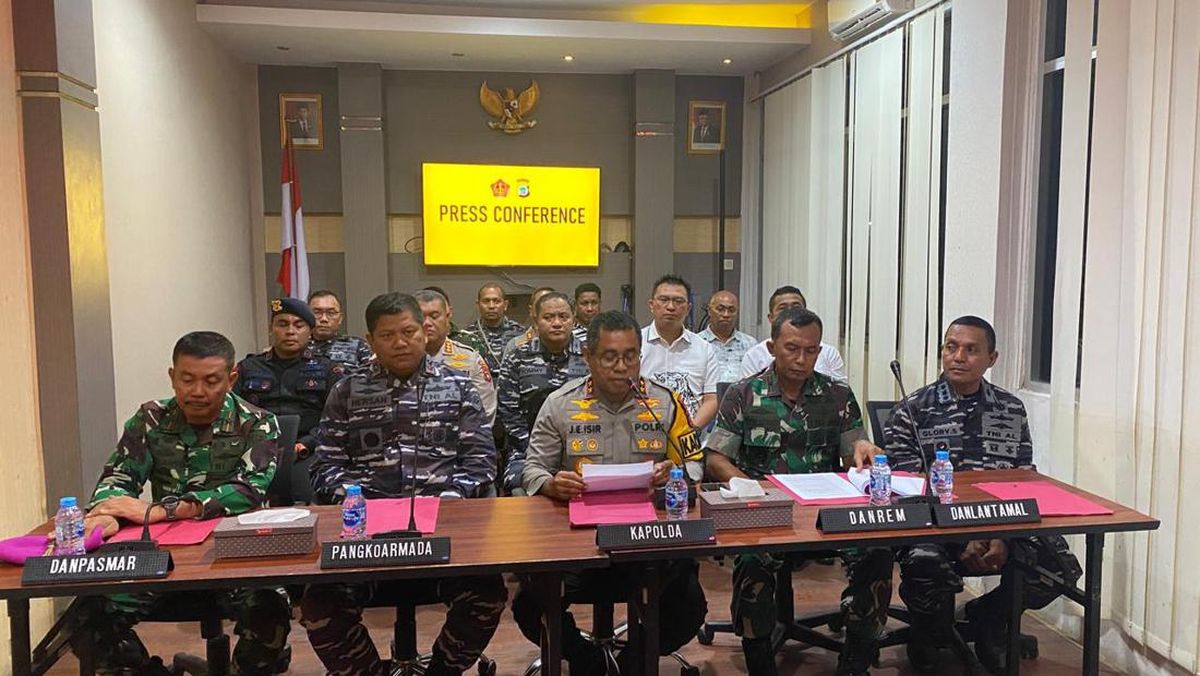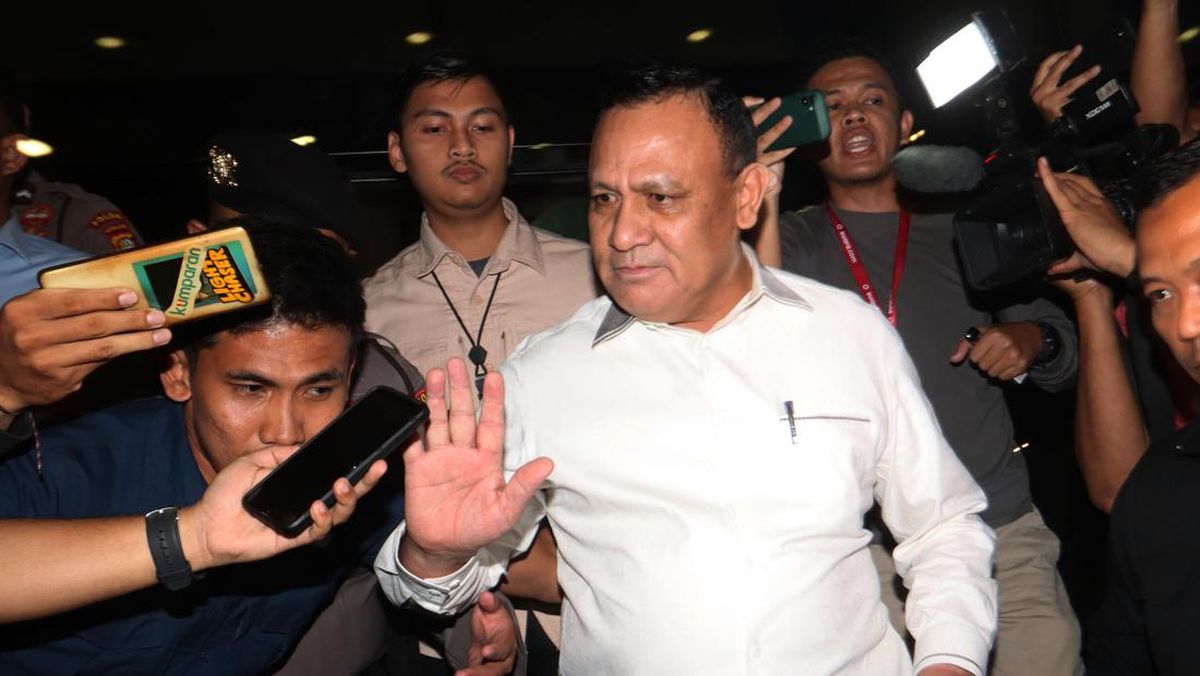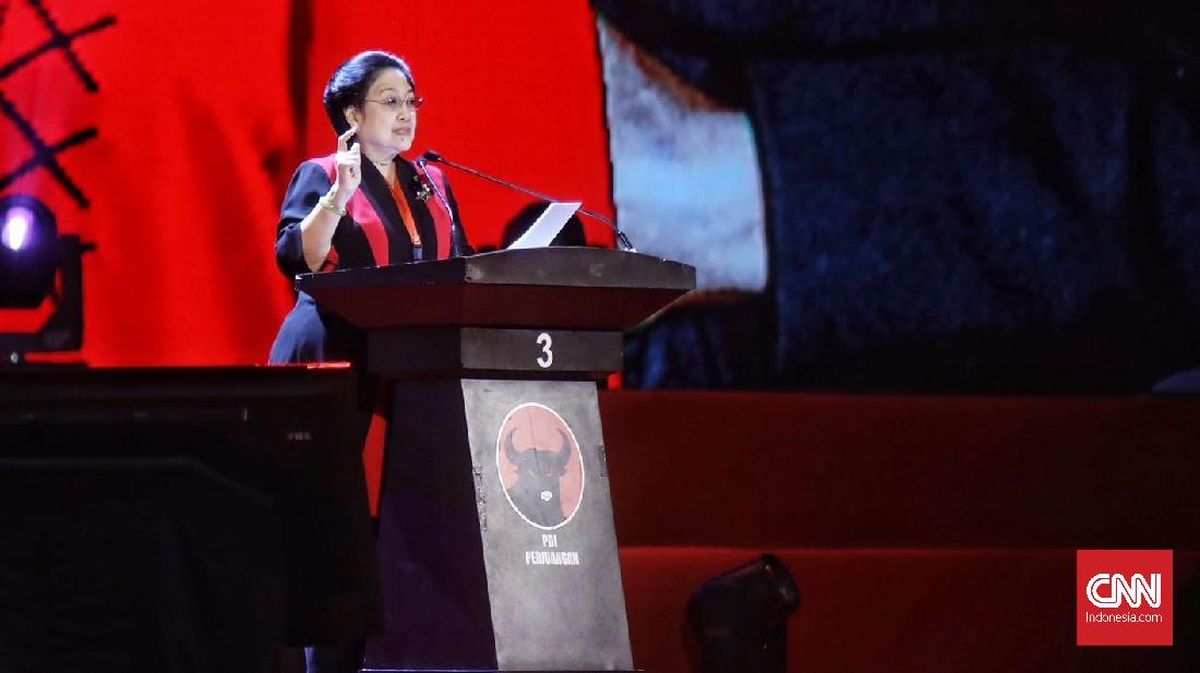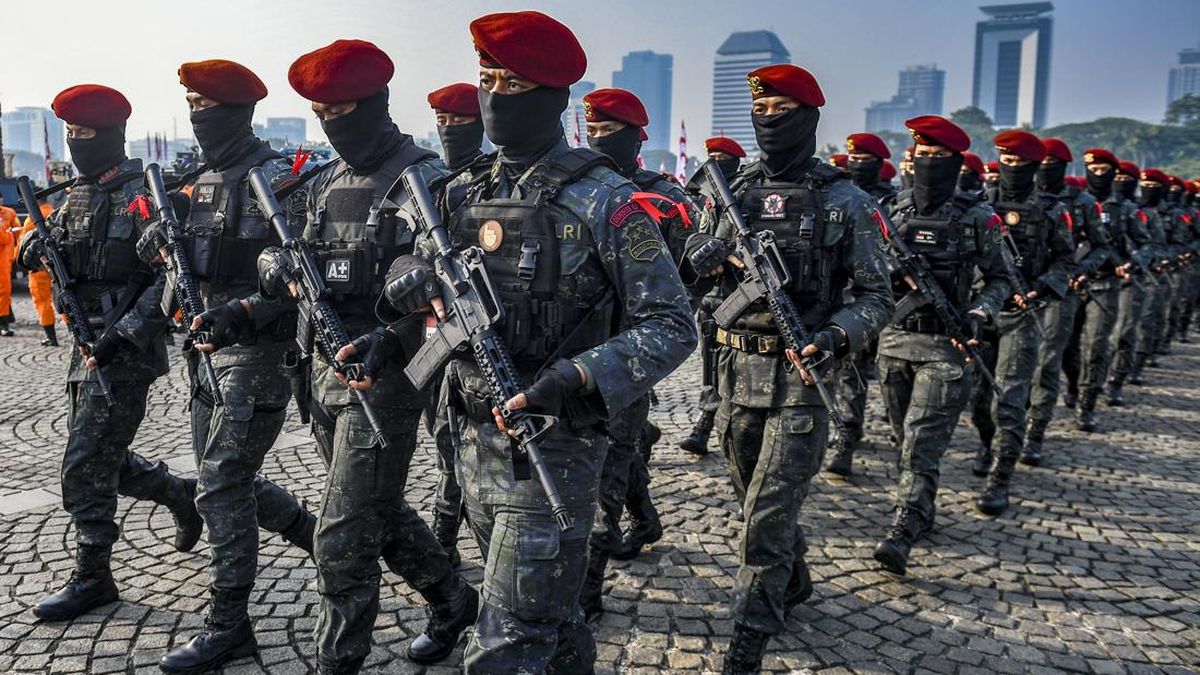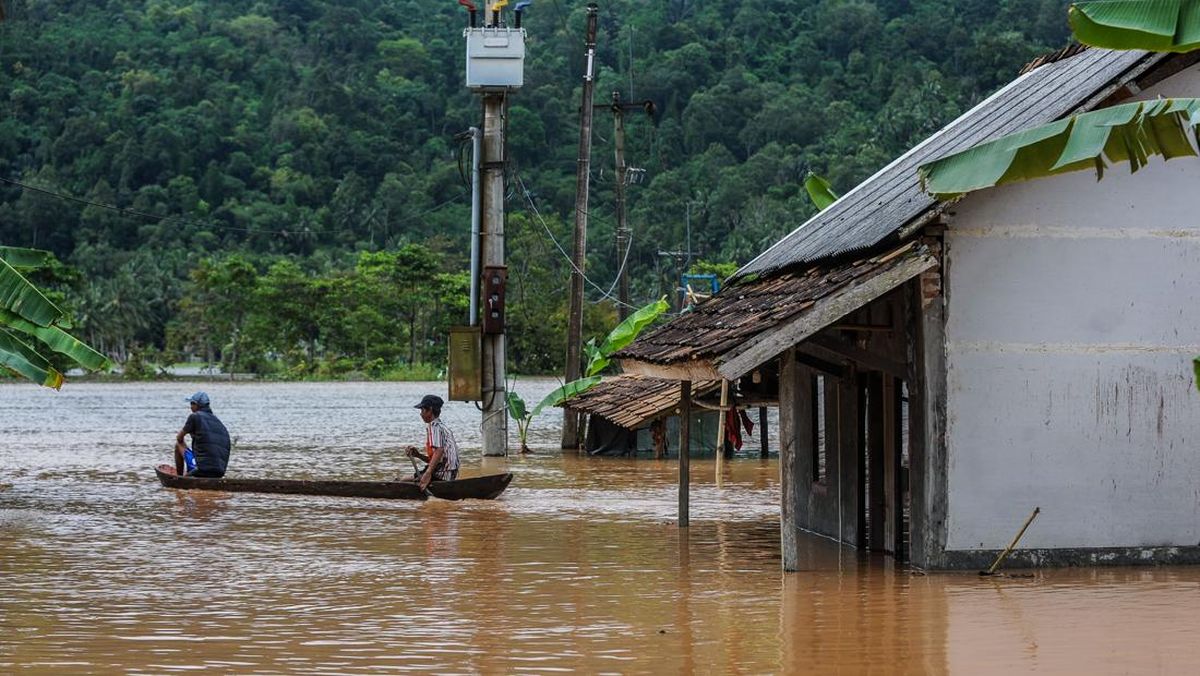TEMPO.CO, JAKARTA - As an archipelagic country rich in culture and natural resources, Indonesia has a long history filled with significant events. From the kingdom era to the modern era, various events have shaped the identity and journey of the Indonesian nation.
Indonesian historical events reflect a long struggle, spirit of unity, and invaluable sacrifices. Not only serving as a reminder of the past, various historical events in Indonesia also provide valuable lessons for future generations. Therefore, here is a list of historical events that have greatly influenced the development of Indonesia.
1. Arrival of European Nations
The first historical event in Indonesia is the arrival of European nations to the land. The Portuguese were the first European nation to arrive in the archipelago, in Malacca in 1509. Although expelled at one point, the Portuguese returned in 1511 under the leadership of Alfonso de Albuquerque and successfully took over Malacca.
2. Establishment of the VOC
In 1596, the Dutch followed through the expedition of Cornelis de Houtman in Banten. In 1602, the Dutch established Vereenigde Oost-Indische Compagnie (VOC), which later monopolized the spice trade. The VOC was dissolved in 1799 and replaced by the Dutch government, although there was a period of French and British occupation.
3. Establishment of Budi Utomo (1908)
In 1908, Dr. Wahidin Sudirohusodo pioneered the establishment of Budi Utomo, a youth organization that became a milestone in national awakening. The members of this organization were from the Javanese intellectual circles, especially students from STOVIA (School tot Opleiding van Indische Artsen).
4. Youth Pledge (1928)
The Youth Pledge proclaimed on October 28, 1928, became a symbol of national unity. Youths from various regions in the archipelago declared their determination to unite, have one homeland, one nation, and one language, namely Indonesia. At that moment, the national anthem Indonesia Raya, composed by Wage Rudolf Supratman, was introduced for the first time.
5. Japanese Occupation (1942)
In 1942, Japan occupied Indonesia after the Netherlands surrendered through the Kalijati Agreement. Although the Japanese occupation was relatively short-lived -- between 1942 and 1945 -- Japan ruled very cruelly and with violence. Because of the violent and inhumane oppression carried out by Japan towards Indonesian people, significant changes occurred in the independence struggle, including the formation of BPUPKI.
6. Sukarno Introduces Pancasila
On June 1, 1945, Sukarno introduced the basic state ideology of Indonesia named Pancasila. Prior to this, Japan promised to grant independence to Indonesia by establishing the Investigating Body for Preparatory Work for Indonesian Independence (BPUPKI), which held its inaugural session on May 29, 1945.
7. Rengasdengklok Incident
Although Japan had promised independence, a group of youths did not agree with this promise. They urged Sukarno to immediately proclaim independence without relying on Japan. Then in the early hours of August 16, 1945, the youths took Soekarno and Hatta to Rengasdengklok. This move was made to press Sukarno to proclaim independence promptly.
8. Proclamation of Independence (1945)
On August 17, 1945, Ir. Soekarno and Drs. Moh. Hatta proclaimed the independence of Indonesia. This moment marked the end of colonial rule in Indonesia and the beginning of the struggle to uphold sovereignty through diplomacy and military means.
9. Battle of Ambarawa (October 1945)
On October 20, 1945, Allied forces led by Brigadier General Bethel arrived in Semarang. As they moved towards Magelang, the community launched an attack that triggered unrest. Under Colonel Sudirman's command, the TKR forces pursued and besieged the Allied forces, leading to a four-day battle, from December 12 to 15, 1945, known as the 'Battle of Ambarawa.'
10. Battle of Surabaya (November 10, 1945)
Brigadier General AWS Mallaby along with Allied forces arrived in Surabaya on October 25, 1945, sparking fierce battles between the people of Surabaya and the Allied forces. In that battle, AWS Mallaby was killed. This battle became a symbol of Indonesian people's courage against colonialism.
Fueled by Bung Tomo's spirit, the people of Surabaya fearlessly faced the enemy forces. The climax occurred on November 10, 1945, when the Indonesian people emerged victorious in that major battle. That's why November 10 is commemorated as Heroes' Day.
11. Battle of Bandung Lautan Api (March 23, 1946)
Bandung Lautan Api (Bandung Sea of Fire) is one of the most famous battles in Indonesian history. The conflict started when Allied forces, supported by NICA, arrived in Bandung on October 13, 1945, and issued an ultimatum for the fighters to leave North Bandung. However, the fighters refused to obey the order.
The Indonesian Republic Army (TRI) eventually decided to vacate Bandung. Before leaving the city, on March 23-24, 1946, the fighters attacked Allied posts and set fire to the city of Bandung, turning it into a sea of fire.
12. Red and White Incident in Manado 1946
The Red and White Incident occurred on February 14, 1946, in Teling, Manado, when the people of North Sulawesi stormed the Dutch military headquarters. As a form of resistance, they tore the Dutch flag, which had red, white, and blue colors, leaving only the red and white colors. This red and white flag then became the national symbol of Indonesia.
13. Linggarjati Agreement (November 15, 1946)
The Linggarjati Agreement was the first diplomatic effort between Indonesia and the Netherlands after independence. This agreement was reached in Kuningan, West Java, from November 10-15, 1946, and ratified on March 25, 1947. Indonesia was represented by Sutan Sjahrir, while the Netherlands was represented by Prof. Schermerhorn. As a result, the Netherlands de facto recognized Indonesian territories including Java, Sumatra, and Madura, with Indonesia becoming part of the federal state of the United States of Indonesia.
14. DI/TII Rebellion (1948-1949)
In addition to facing the Second Dutch Military Aggression, Indonesia also faced the Darul Islam/Tentara Islam Indonesia (DI/TII) rebellion, the first political conflict after independence. Led by Sekarmadji Maridjan Kartosuwirjo, this movement aimed to establish Indonesia as an Islamic state. The rebellion began in West Java and spread to Central Java, Aceh, South Sulawesi, and South Kalimantan.
15. Round Table Conference (November 2, 1949)
As a follow-up to the Roem-Royen Agreement, the Round Table Conference (RTC) was held in The Hague, the Netherlands, from August 23 to November 2, 1949. The RTC discussed the transfer of Indonesian sovereignty and the withdrawal of Dutch troops.
16. Netherlands Acknowledges Indonesian Sovereignty
On December 27, 1949, the Netherlands officially acknowledged Indonesian sovereignty. This recognition took place both in Amsterdam and Indonesia. In Indonesia, it was represented by Sri Sultan Hamengkubuwono IX, while the Netherlands was represented by AHJ Lovink. In the Netherlands, Indonesia was represented by Mohammad Hatta, and the Netherlands was represented by Queen Juliana.
17. Indonesia Joins the UN (1950)
On September 28, 1950, Indonesia officially became the 60th member of the UN after the Netherlands recognized their sovereignty in the Round Table Conference. However, Indonesia withdrew from UN membership on January 7, 1965, due to a confrontation with Malaysia, before rejoining in 1966.
18. September 30th Movement (1965)
The September 30th Movement (G30S/PKI) was a dark event in Indonesian history. On that night, six TNI generals were abducted and one officer was killed by a group allegedly associated with the Indonesian Communist Party (PKI). This event marked the end of the Old Order and the beginning of the New Order under the leadership of Soeharto.
19. Reform Era 1998
The 1998 Reform was a popular movement that overthrew the New Order government led by President Soeharto after more than 30 years in power. Economic, political, and social crises in the late 1990s triggered this movement, resulting in significant changes such as presidential term limits, decentralization of power, and press freedom.
20. Independence of East Timor (2002)
East Timor gained independence on May 20, 2002, after being a province of East Timor since 1976. Under the leadership of B.J. Habibie, a referendum was held on August 30, 1999, to determine the status of East Timor. The majority of the East Timorese people chose independence. Subsequently, on May 20, 2002, East Timor was recognized as an independent country with Dili as its capital.
Editor's Choice: The History of the Kutai Kingdom: Its Origin and First King
Click here to get the latest news updates from Tempo on Google News

 3 months ago
86
3 months ago
86




